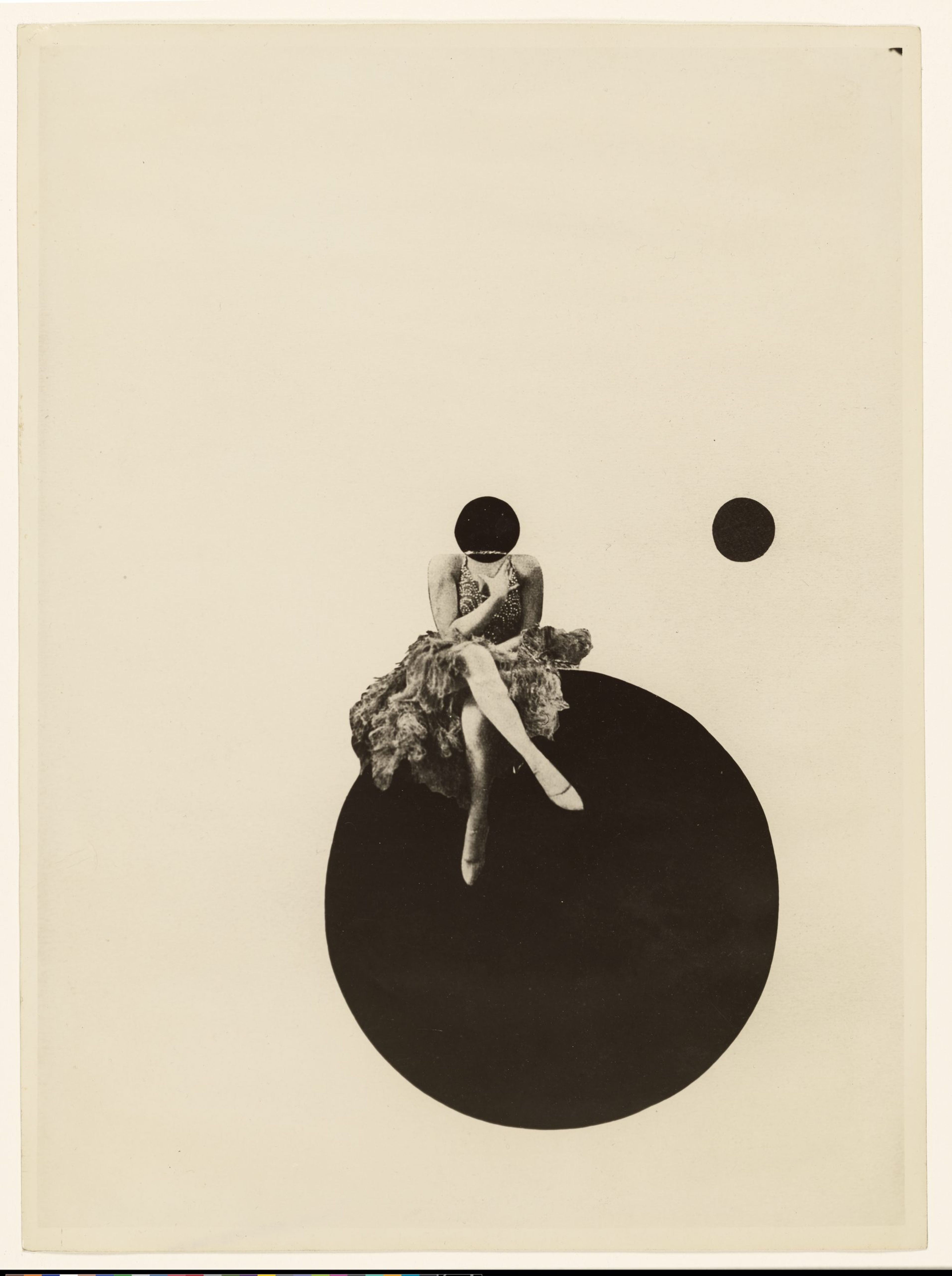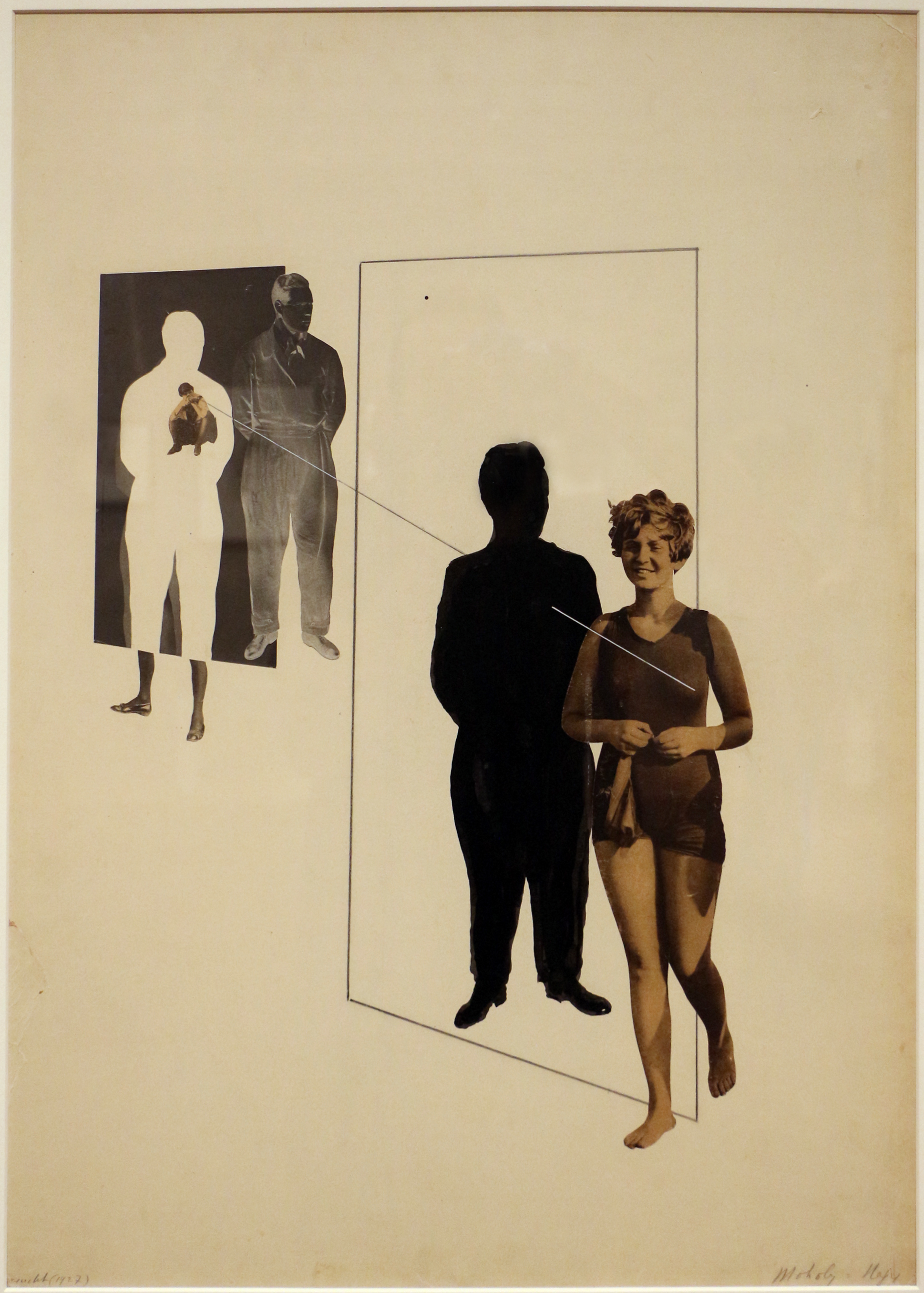László Moholy-Nagy was a Hungarian painter, photographer, and influential professor at the Bauhaus school. Deeply inspired by Constructivism, he was a strong proponent of integrating technology and industry into the arts. He was relentlessly experimental and contributed across multiple disciplines, including painting, drawing, photography, collage, sculpture, film, theater, and writing.
One of his most enduring achievements was founding the Institute of Design in Chicago, which remains part of the Illinois Institute of Technology. Today we present one of his amazing prewar photo montages.
The title of this montage alludes to the Dolly Sisters, a renowned dancing duo popular in Europe and the United States between 1911 and 1927. Identical twins Jenny and Rosie performed at venues such as the Moulin Rouge and the Ziegfeld Follies, earning fame for their striking beauty and well-known gambling penchant. In his autobiography, Charlie Chaplin recounts an evening in Los Angeles where he dined with the sisters, their husbands, and their frequent companion, American businessman of the Gilded Age, Diamond Jim Brady.
László Moholy-Nagy, however, created his own interpretation of a twin act by altering the name. In his composition, one sister is reduced to a mere spot representing her head, while the other balances on a black sphere, her plumed skirt dramatically cascading around her. The stark, almost minimalist design might suggest an unfinished work, but its large print size and inclusion in the 1929 Film und Foto exhibition affirm its status as a completed piece. Strikingly modern, the image foreshadows artistic developments seen in the 1980s and 1990s.
P.S. Bauhaus was one of the most famous art schools in history and one of the first academies to include female students. Despite its declared progressivity and egality, however, not all courses were open to women. Read about the women of Bauhaus!
P.P.S. Dear DailyArt users, we are looking for volunteers who can help us with translating and proofreading our Hindi texts. If you are a native Hindi speaker and would like to join our international team, please fill in this form.


 László Moholy-Nagy
László Moholy-Nagy